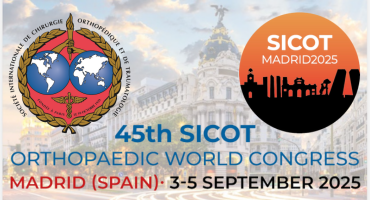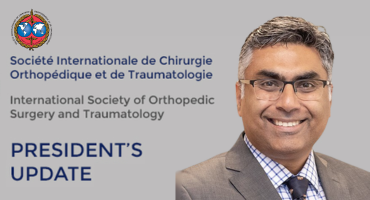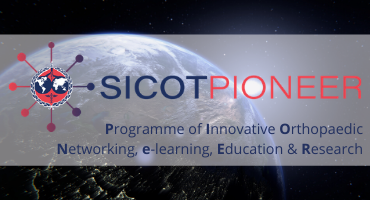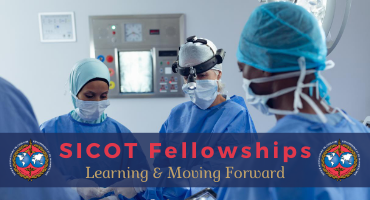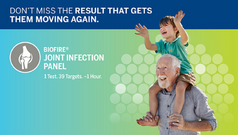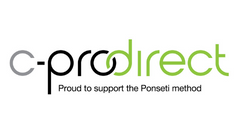Letter to the editor on "Is synovectomy still of benefit today in total knee arthroplasty with rheumatoid arthritis"
Int Orthop. 2025 Apr 8. doi: 10.1007/s00264-025-06524-1. Online ahead of print.
ABSTRACT
We study Hernigou P's paper "Is synovectomy still of benefit today in total knee arthroplasty with rheumatoid arthritis?" It highlights the need for further research and progress in this field. Future studies should address limitations like small sample sizes, inadequate patient stratification, lack of quantifiable metrics for synovectomy extent, and limited early postoperative analyses to provide stronger evidence for clinical practice.
PMID:40198386 | DOI:10.1007/s00264-025-06524-1






